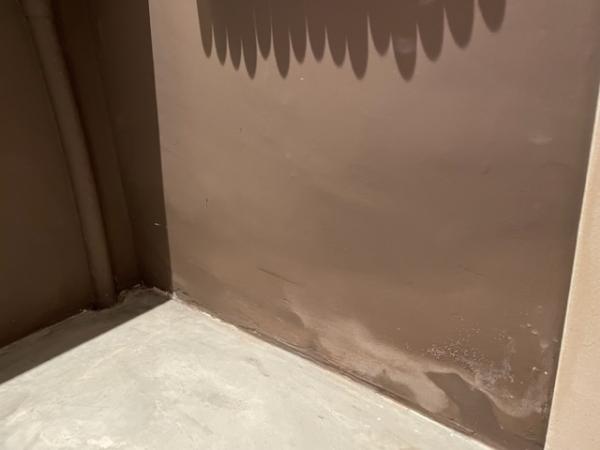| Home |
| Green Building Bible, Fourth Edition |

|
These two books are the perfect starting place to help you get to grips with one of the most vitally important aspects of our society - our homes and living environment. PLEASE NOTE: A download link for Volume 1 will be sent to you by email and Volume 2 will be sent to you by post as a book. |
Vanilla 1.0.3 is a product of Lussumo. More Information: Documentation, Community Support.

Posted By: tonyI wory about condensation in cupboards, if it is cold in there then moisture will migrate there from places where partial vapour pressure is higherTrue.Leave a cheap hygrometer in the room, near the damp. If the reading is very high then condensation is a possibility. Most of the hygrometers also read temperature.
Posted By: jfbhow high does the water table get?
to me efflorescence is more likely to be salts from groundwater than dampness from lack of ventilation (that would more likely show up as mould)
Posted By: LFShellac primer used on a friend's wall having problems 10 years ago. That was an internal wall.
1 to 17 of 17